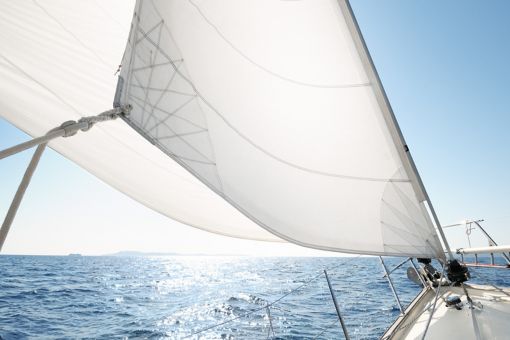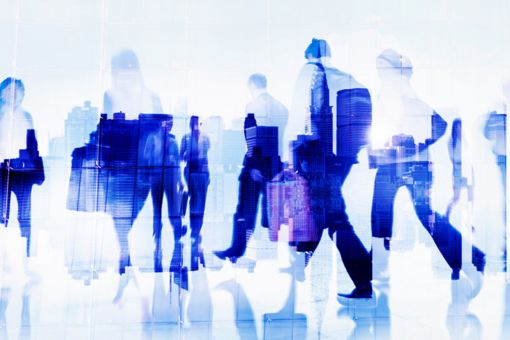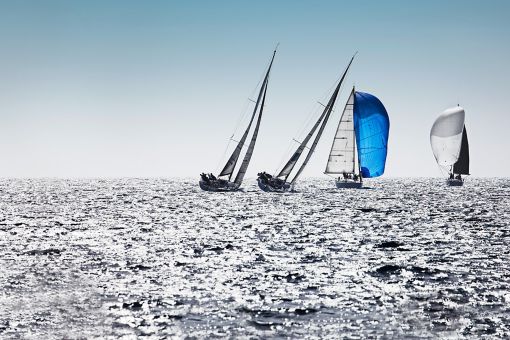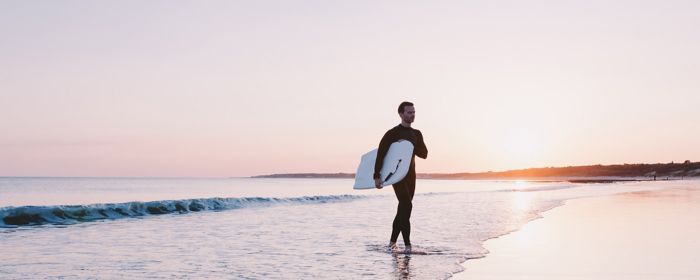Need more insight?
Get a clear picture of trends and issues facing the Swiss economy in our blog.
Read KPMG Blog Opens in a new windowCan’t find that article?
Build your own curated library of content to read and share anytime.
Login / Register Opens in a new windowLatest insights
Use the dropdowns below to filter our latest thought leadership by service, industry, insight, geography, or date.
Latest insights
Use the dropdowns below to filter our latest thought leadership by service, industry, insight, geography, or date.













